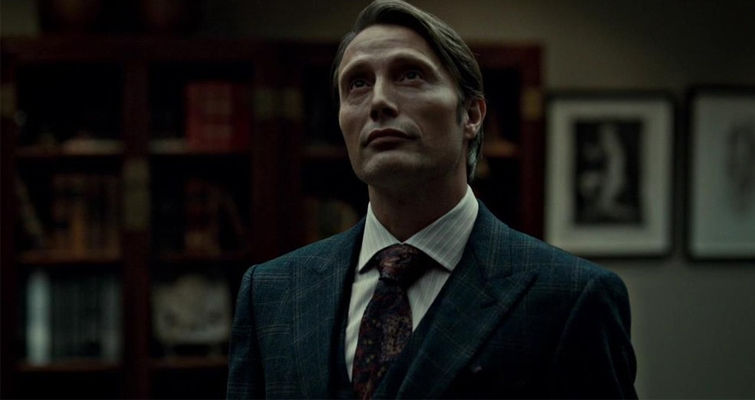5 Reasons Why Learning Cinematic Lighting is Essential for Filmmakers
- JShea Photos

- Jul 22, 2023
- 3 min read
Updated: Jul 3
Introduction: Cinematic lighting is a fundamental aspect of cinematography and lighting that can profoundly impact cinematic storytelling and aesthetics in a film. Understanding various cinematic lighting techniques empowers filmmakers to create captivating scenes that leave a lasting impression on the audience. In this article, we'll explore the answers to essential questions about cinematic lighting and why it is crucial for every filmmaker to master this art.
What is the best lighting for film?
While there's no one-size-fits-all answer to the "best" lighting for film, the three-point lighting system is a widely used and versatile setup and is a great way to get started. This system consists of three key lights:
Key Light: The primary light source that illuminates the subject and sets the overall tone of the scene.
Fill Light: Positioned to soften harsh shadows created by the key light, providing a balanced illumination.
Backlight: Placed behind the subject to add depth and separate them from the background, enhancing the visual depth of the scene.
The three-point lighting system offers a professional and polished look that can be adjusted to suit various shooting scenarios and genres.

Which type of lighting makes it easier to achieve a cinematic look?
To achieve a cinematic look, a combination of natural lighting and artificial lighting techniques often works wonders. Natural lighting, like diffused sunlight or moonlight, can lend an organic and soft atmosphere to scenes, evoking a sense of realism. On the other hand, artificial lighting offers greater control over the lighting conditions, allowing filmmakers to craft dramatic and stylized visuals that suit the narrative and mood.
How do you light a night scene with cinematic lighting?
Lighting night scenes requires careful consideration to maintain a cinematic atmosphere while ensuring the audience can see the essential elements. To achieve this, filmmakers often use practical lights within the scene, such as street lamps or candles, to create a natural and immersive look. Additionally, moonlight simulators or well-placed artificial lights with soft diffusers can provide subtle illumination, shaping the mood of the scene. Emphasizing shadows and contrast can add drama and mystery to the night setting, enhancing its cinematic appeal.

How do you light an indoor scene?
Cinematic lighting for indoor scenes involves understanding the available light sources within the location and making the most of them. Utilize existing natural light to your advantage, and supplement it with artificial lighting to control and enhance the illumination. Bounce light off walls or ceilings to achieve softer and more flattering illumination, reducing harsh shadows. Diffusers and reflectors can also help shape the light, creating a natural and appealing indoor setting.
How do you shoot film indoors with low light?
Filming indoors with low light can present challenges, but there are techniques to overcome them. Use lenses with wide apertures (low f-stop values) to allow more light into the camera. Adjust the camera's ISO settings to increase sensitivity to light, but be cautious not to introduce excessive noise. Strategic placement of practical lights can maintain a natural ambiance while providing enough illumination for the camera to capture the scene effectively. Embrace the darkness creatively, as it can add a unique and cinematic atmosphere to the indoor setting.

CASE AND POINT:
Unlocking the Power of Cinematic Lighting: In the realm of filmmaking, cinematic lighting is an essential tool for unlocking the true potential of visual storytelling. By understanding and honing cinematic lighting techniques, filmmakers can transcend the ordinary and create extraordinary cinematic experiences. Embrace the art of cinematic lighting, explore the myriad of possibilities it offers, and take your filmmaking journey to new heights.
Call to Action:
Encourage readers to embrace the importance of cinematic lighting in their filmmaking endeavors.
Recommend joining cinematic lighting masterclasses or workshops to refine their skills.
Inspire filmmakers to explore and experiment with cinematic lighting setups to bring their creative visions to life on the silver screen.




Comments